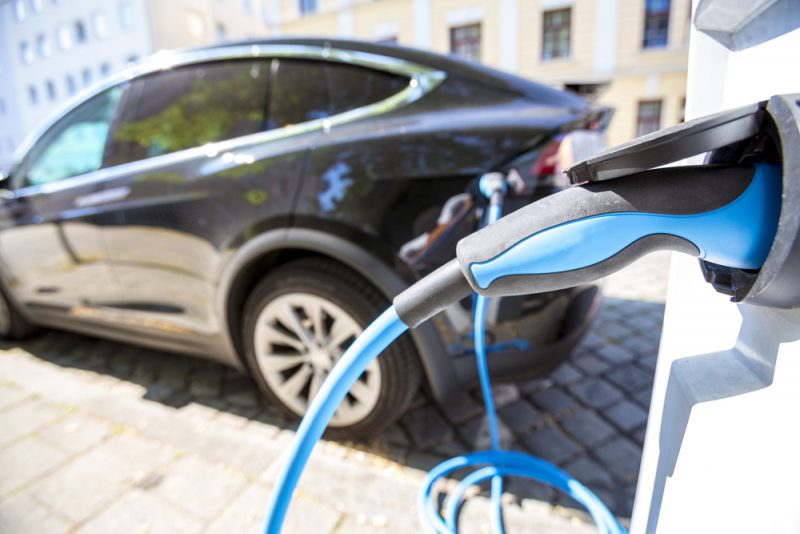Utilities must increase customer awareness of EV benefits to speed adoption, EEI panel says

SAN DIEGO – Electric utilities across the country are investing heavily in upgrading the grid and deploying electric vehicle (EV) charging infrastructure, but they should also be focusing on increasing awareness of EVs and their benefits among customers, a panel of experts said here this week at the Edison Electric Institute (EEI) 2018 Annual Convention.
Representatives from utilities, environmental groups and an investment firm each addressed the future of electric transportation.
Caroline Choi, senior vice president of regulatory affairs at Southern California Edison (SCE), asked panelists what utilities should do now and in the future to speed the pace of EV adoption.
Terry Sobolewski, chief customer officer at National Grid, emphasized the importance of building awareness of the fundamentals of EVs among customers. A recent study from researchers at the University of California, Davis found that customers awareness of EVs in California is low, despite the state being a leader in EV adoption.
Ralph Cavanagh, co-director of energy programs for the Natural Resources Defense Council (NRDC), noted that many players will have to come together to find solutions.
“There won’t be one overarching vision,” Cavanagh said. “There will be multiple visions. They will emerge from essential partners, and I do believe that our electric distribution systems are essential partners, but it is it critical that they position themselves that way.”
Cavanagh highlighted the importance of energy efficiency and of communicating the benefits that EVs can bring to the electric system. He said that EV adoption will be a “net benefit” for all customers, including those that don’t purchase EVs.
He noted that EV charging will bring more revenue to the system than the system invests in EVs, while panelist Kevin Fitzgerald, chief utility officer at investment firm Energy Impact Partners, described cases in which utilities have seen charging-to-grid benefits.
To enable these benefits, utilities still need to continue investing in grid modernization. Fitzgerald mentioned a Goldman Sachs study that indicated that electrifying transportation will require approximately $2 trillion in upgrades to the grid. The shift to electric transportation will also significantly change the role of utilities, the panelists said.
“I think it’s really important for the industry to continue to lean in and lead here,” Fitzgerald said. “This is in our opinion, my opinion, the most important issue that the industry has ever had in front of it, and I encourage everybody to get more involved. This is truly transformational.”
Other challenges include finding ways to acknowledge benefits through policies, Mary Nichols, chair of the California Air Resources Board, said.
“Post 2025, we’ve got to be starting on a different way of thinking about regulating this entire industry, and it’s no longer your same old boring industrial world or your same old grandfather’s electric utility,” Nichols said. “We’re talking about a new kind of fuel and a new kind of vehicle and a new paradigm of what transportation is all about.”
The United States has approximately 800,000 electric vehicles (EVs) on the road, approximately half of which are in California. Bloomberg New Energy Finance has forecasted that there will be more than 500,000 in use by 2040. According to the panelists, electrification will also likely move beyond cars to the entire economy, from public transportation to industrial processes.
There’s still a long way to go though, as electricity powers just one tenth of 1 percent of the U.S. transportation sector, Choi noted.
